‘The Story of the Huguenots’ book review
Many visitors walk around the streets of East London and admire the unique architecture and the elegant houses with their shutters opening onto the streets. They might notice the French street names – for example Fournier Street and Huguenot Place in Spitalfields, Tuileries Street in Bethnal Green – or admire the large lofts on some of the houses, built for their inhabitants who were silk weavers and needed extra light and space for their work.
However, not many of these visitors know the stories of the Huguenot people who made Spitalfields, East London generally, and Soho their homes in the 18th century and brought the art of silk weaving to the UK. The legacy of the Huguenots is scattered all around London, telling of the history of these people and their unique contribution to English arts and culture.

The Story of the Huguenots is aimed at the general reader and sets out to tell the complete story of the Huguenot people. The first third of the book looks at the history of the Protestant religion in France and the harsh persecution that led the Huguenots to flee abroad, the second explores the places where they settled – not just in England but further afield as well – while the third section explores their contribution to British life, science, medicine, and culture.
The embattled history of the Huguenots began with Luther posting his Ninety-Five Theses to the door of the cathedral of Württemberg in 1517, challenging the Catholic church and sparking off what was to become the Protestant religion. But there was generally a move towards changing the way the Bible was interpreted which had been facilitated by the invention of the printing press (allowing the poor to read the Bible themselves).
In France, people began to question the established Church and by 1561 there were 2,500 established Huguenot parishes. However, in 1562 the Wars of Religion began between Huguenots and Catholics – including some horrific acts of war such as the St Bartholomew’s Day Massacre of tens of thousands of Huguenots in 1572 – and did not cease until the Edict of Nantes of 1598 proclaimed by Henri of Navarre which brought a temporary end to war and persecution of the Huguenots.
However, this fragile peace was not to hold and eventually ended in 1685 with the revocation of the Edict of Nantes by Louis XIV. By this point the Huguenots had already began to flee France and many ended up in England which was (mainly) Protestant post-Reformation.
Elizabeth I had re-established Protestantism after the death of her sister Mary and sent Bishop Bonner to prison for failing to uphold her supremacy over the church of England (his name survives as a road in East London and an entrance to Victoria Park as they were once part of the Bishop’s land). James I and Charles I also welcomed the newcomers.
The main criteria for being accepted into England were being of the Protestant faith and in particular, skilled in various trades that were in demand at the time. Many Huguenots were encouraged to settle in Canterbury but London proved too strong a draw and finally many ended up there, often in Soho and East London, especially Spitalfields.

The mulberry tree in Bethnal Green survived damage in the Blitz. Courtesy of Barts Health NHS Trust Archives
The Huguenots were fine silk-weavers and James I attempted to encourage mulberry tree growing in London to make it easier for them to feed silk worms. Unfortunately mainly black mulberry trees were planted instead of white, which formed an inferior silk.
There are still over one hundred sites in East London where these trees were planted, including famous ones in the Tower of London and Syon Park, while Bethnal Green has its own celebrated and historical Mulberry tree, currently under threat from developers.
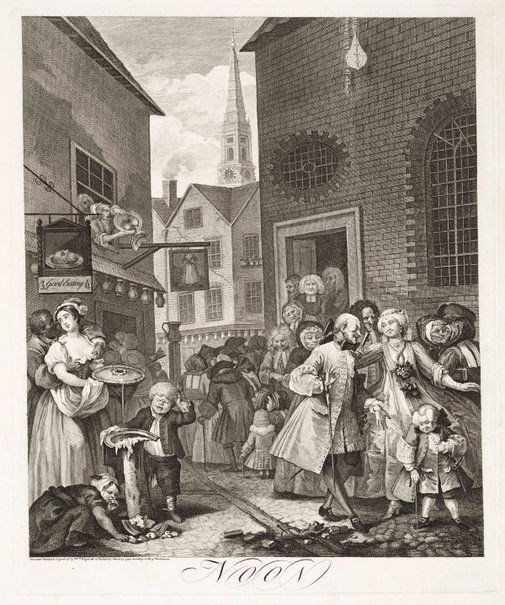
Hogarth’s ‘Noon’, from The four times of the day
1738
Soho and Spitalfields both became quite ‘French’ in appearance: Soho had Huguenot clockmakers, silk weavers and gold and silversmith workshops. Hogarth depicted them in an etching in 1738, ‘Noon’ showing a French Huguenot congregation leaving church while other Londoners brawl outside a tavern.
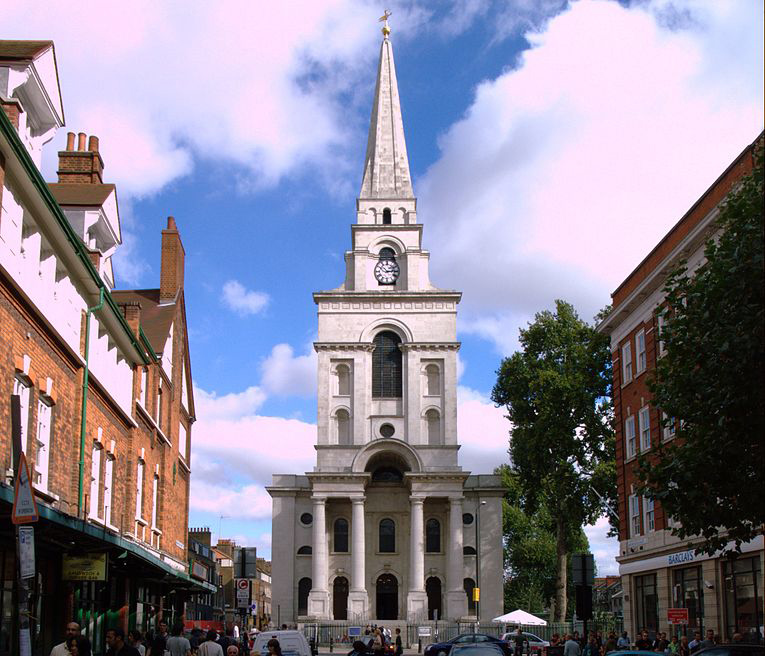
Spitalfields was famous for its beautiful houses built for master weavers. Weavers often bred song birds and pigeons too (Charles Dickens, visiting the district in 1851 and noted the elaborate bird cages on the rooves of their houses). They also loved gardening, and had flower shows.
The Huguenots built their own churches and had a welfare system set up to help their people who often arrived in England penniless with nothing but a mérau hidden in their clothes (a wood or metal token to show they were of the Protestant faith and not a Catholic or a spy). One of the churches they worshipped in was Christ Church Spitalfields, and a descendant of the Rondeau family is still actively involved today.
There were hard times too: two weavers were unfairly blamed for attacking a loom in 1769 when trying to get a pay rise from the loom owner. They were hung in public outside the Salmon & Ball public house in Bethnal Green (many weavers lived in this area) and this caused an outcry and rioting from the weavers.
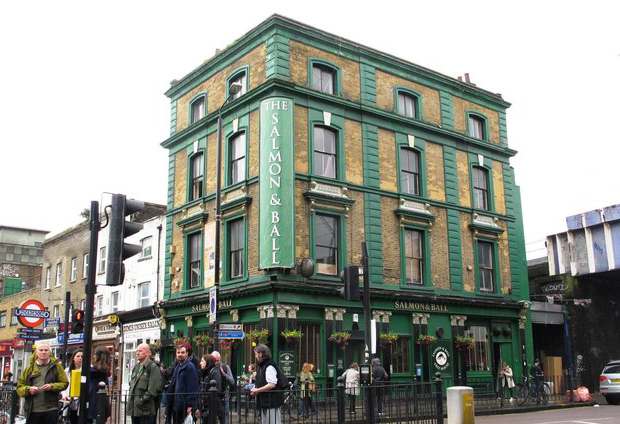
The book goes on to talk in detail about the Huguenot contributions to English life in the fields of medicine (including the invention of the forceps and the formation of the London Hospital), arts and crafts, the invention of Friendly Societies, astronomy and so on. But perhaps the most important heritage of the Huguenots is what you see when you walk around the streets of East London. It’s a shame there aren’t any colour illustrations to help the reader visualise the world of the Huguenots, but they will, with the help of this meticulously researched and fascinating book, become much more familiar with Huguenot history.
The Story of the Huguenots: A Unique Legacy is available to buy here through Amazon Europe.
If you enjoyed this, you may like to read about the classic Huguenot technology The House Mill.

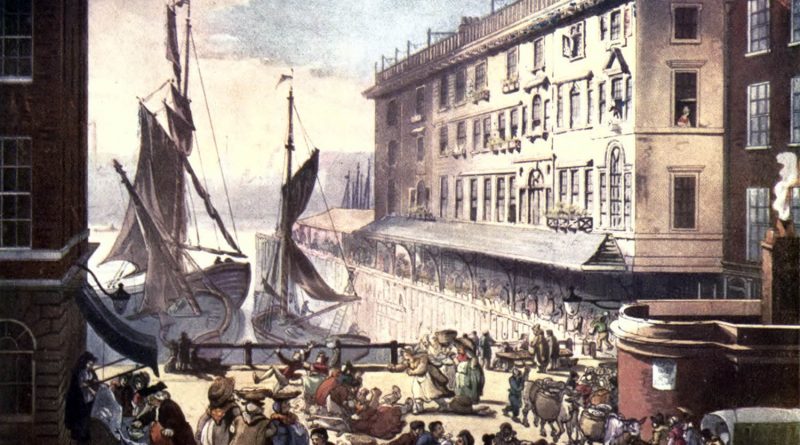

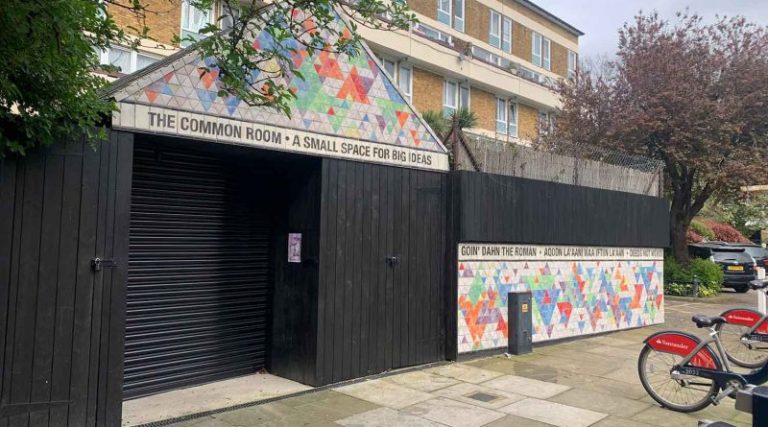

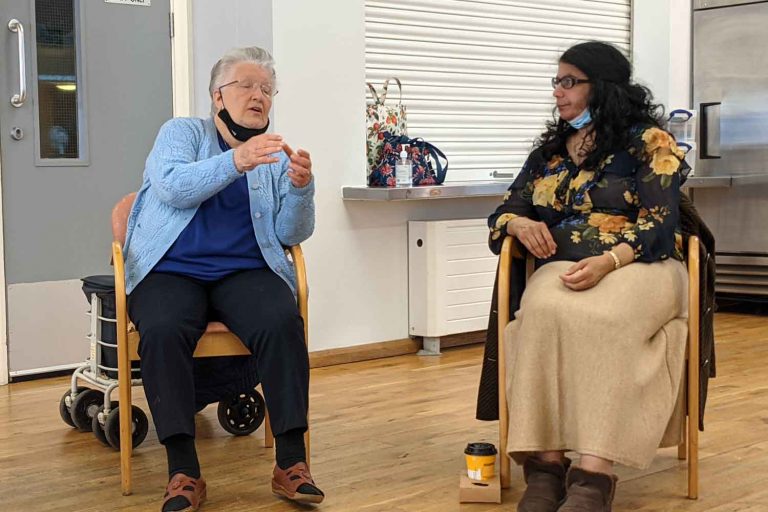



I have read the Huguenot book by Joyce Hampton and it is fascinating. I didn’t know anything about their persecution and torture in France until I read this and now understand the dreadful reasons why they fled here to the UK. The book illustrates the huge contribution they made to East London and how to recognise their connections to Bethnal Green and beyond. It is the sort of book that you can dip into, but once hooked it is difficult to put it down.
The Story of the Huguenots: A Unique Legacy is on Sale through Amazon Europe via this link https://www.amazon.co.uk/dp/0993566529/